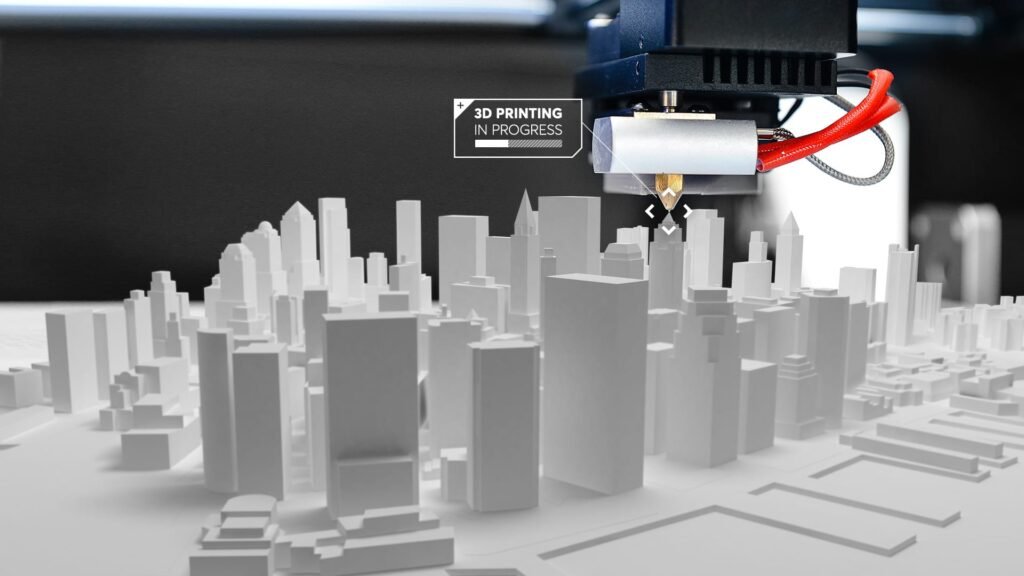Impact of Technology on Architectural Design
Technology has revolutionized architectural design, introducing advanced tools and methodologies that enhance creativity, efficiency, and sustainability. This article explores two key technological innovations—Building Information Modeling (BIM) and 3D printing—and their profound impact on modern architectural practices.

Impact of Technology on Architectural Design
Building Information Modeling (BIM)
Definition: BIM is a digital representation of the physical and functional characteristics of a building. It integrates architecture, engineering, and construction (AEC) disciplines into a unified platform, facilitating collaborative design and decision-making processes throughout a building’s lifecycle.
Key Impacts:
- Collaborative Design: BIM enables multidisciplinary teams to work concurrently on a project, fostering collaboration and reducing conflicts during construction.
- Visualization and Simulation: Architects use BIM to create detailed 3D models that visualize spatial relationships, lighting effects, and material interactions. Simulation tools predict environmental performance, energy efficiency, and occupant comfort.
- Efficiency and Cost Savings: By optimizing design iterations and detecting clashes early in the design phase, BIM reduces construction errors, minimizes rework, and streamlines project schedules.
- Facility Management: BIM’s data-rich models support facility managers in operations and maintenance, improving building performance and lifespan management.
3D Printing in Architecture
Definition: 3D printing, or additive manufacturing, produces physical objects layer by layer from digital models. In architecture, it offers new possibilities for prototyping, customization, and construction automation.
Key Impacts:
- Prototyping and Model Making: Architects use 3D printing to create detailed prototypes and scale models, facilitating design validation and client presentations.
- Complex Geometries: 3D printing enables the fabrication of intricate architectural forms and customized components that are difficult or costly to achieve with traditional methods.
- Sustainable Construction: By minimizing material waste and optimizing resource use, 3D printing promotes sustainable building practices.
- On-Site Construction: Emerging technologies explore the feasibility of printing entire building components or structures on-site, reducing construction time and labor costs.
Challenges and Considerations
- Technological Integration: Adoption of BIM and 3D printing requires investment in software, hardware, and training, necessitating organizational change and workflow adaptation.
- Regulatory and Legal Frameworks: Standards and regulations for BIM implementation and 3D-printed construction materials are evolving, requiring alignment with industry practices and building codes.
- Ethical and Social Impact: Technological advancements raise questions about job displacement, equitable access to technology, and the role of architects in a digital age.
Future Directions
As technology continues to evolve, architects and urban planners envision a future where BIM and 3D printing integrate seamlessly with sustainable design principles, smart cities, and digital fabrication techniques. Innovations in artificial intelligence (AI), robotics, and augmented reality (AR) further enhance design creativity, construction efficiency, and environmental stewardship in architectural practice.
Conclusion
Technology, exemplified by BIM and 3D printing, has transformed architectural design, offering architects unprecedented tools to realize visionary projects, optimize building performance, and promote sustainable urban development. By embracing these innovations responsibly, architects can navigate complex challenges, empower collaboration, and shape a built environment that is resilient, inclusive, and responsive to future needs and aspirations.
3.5
